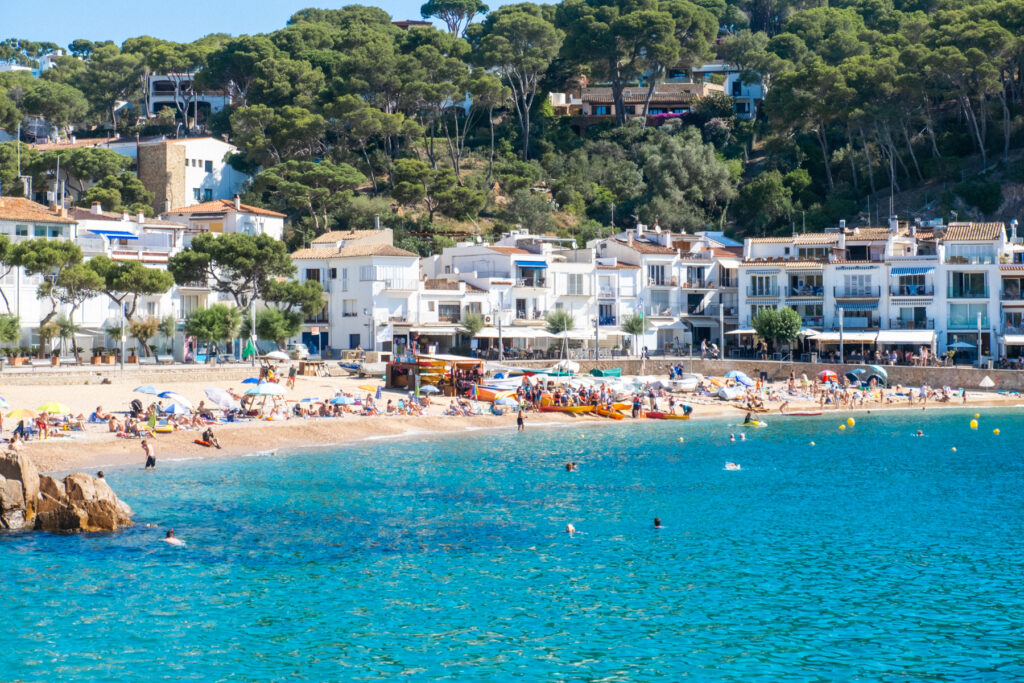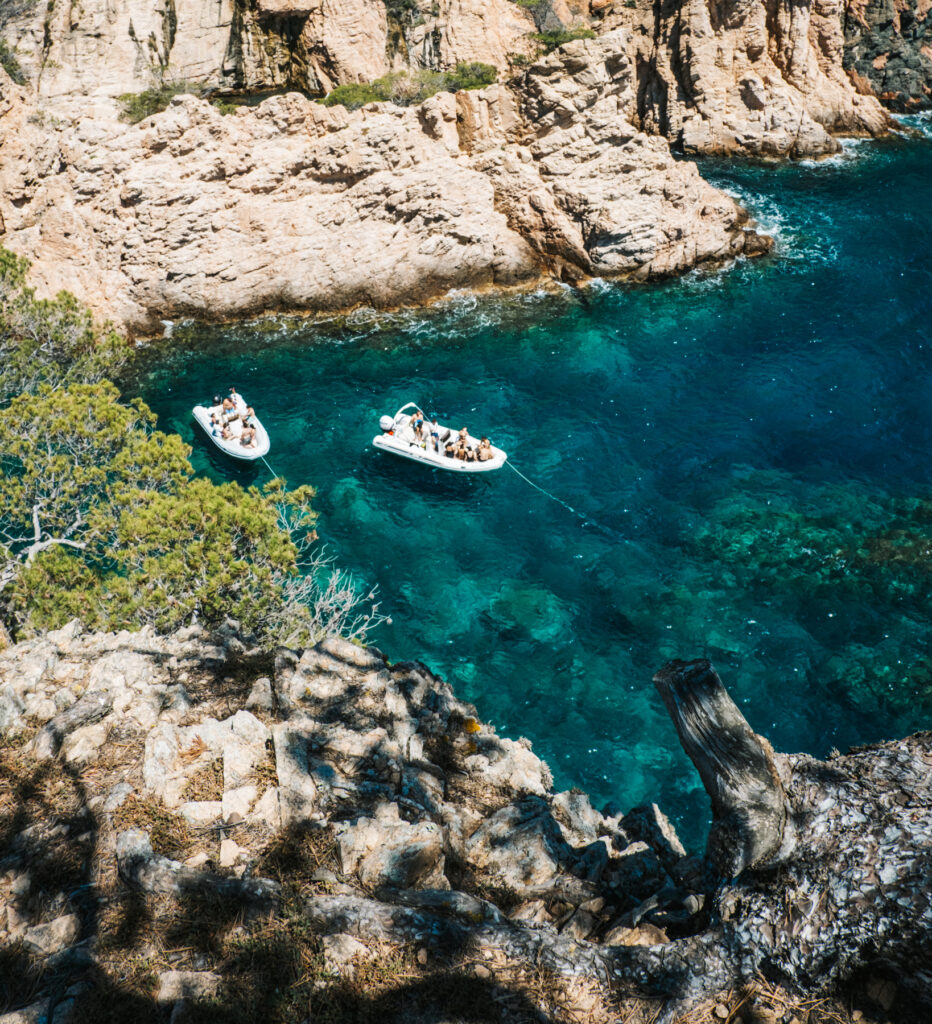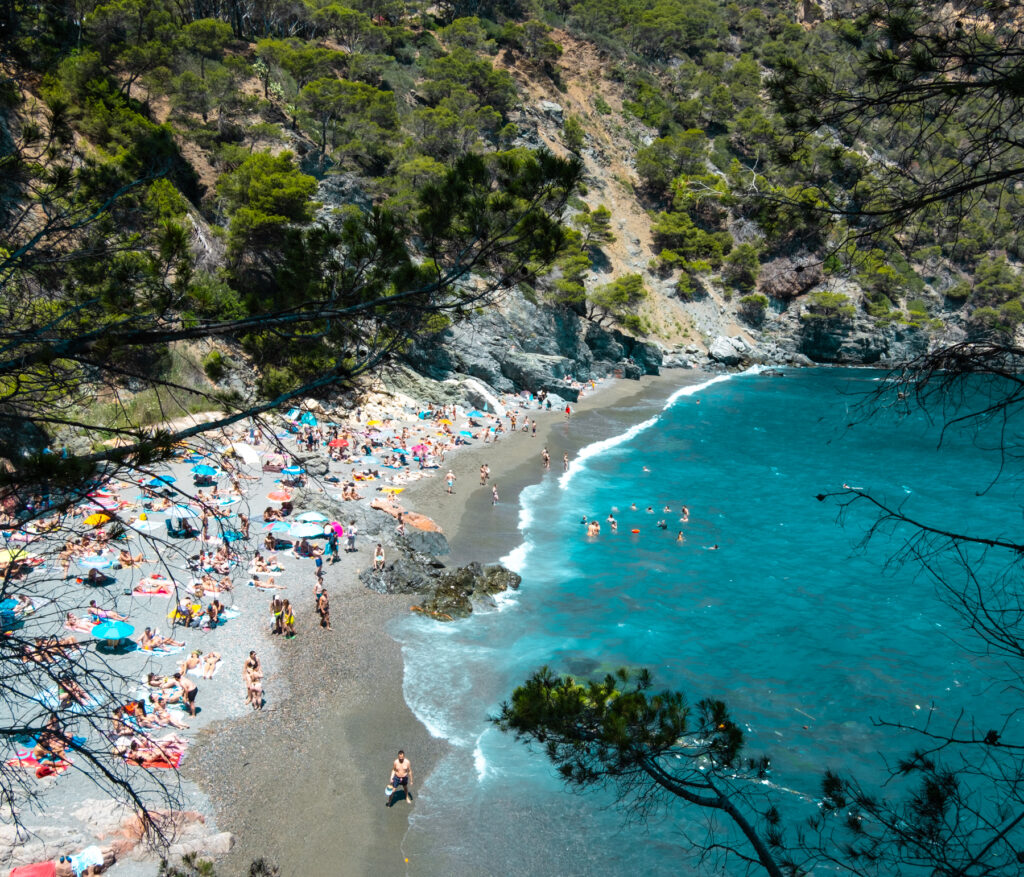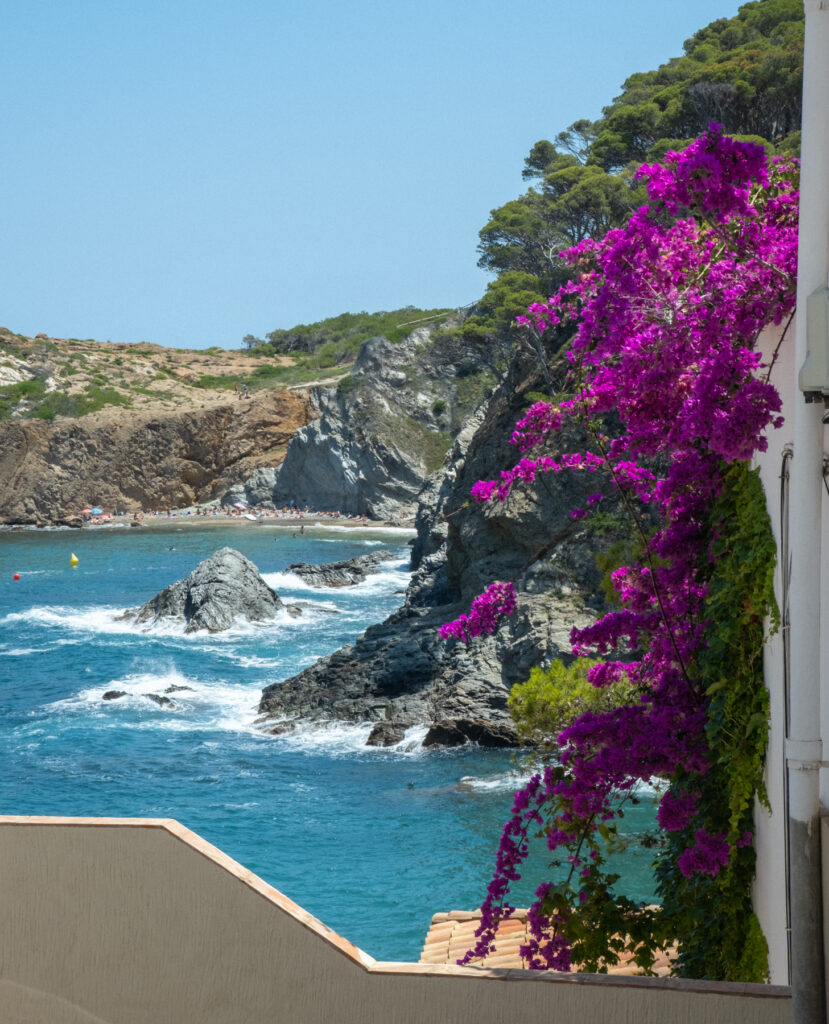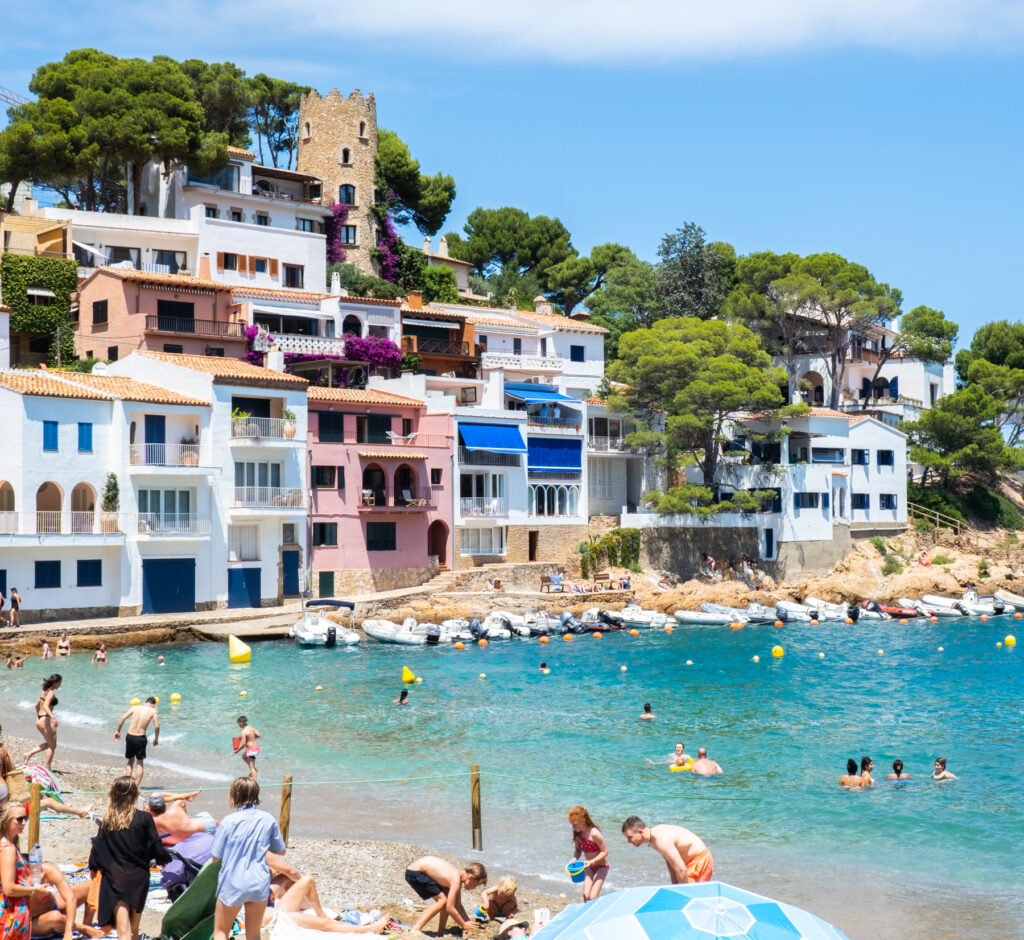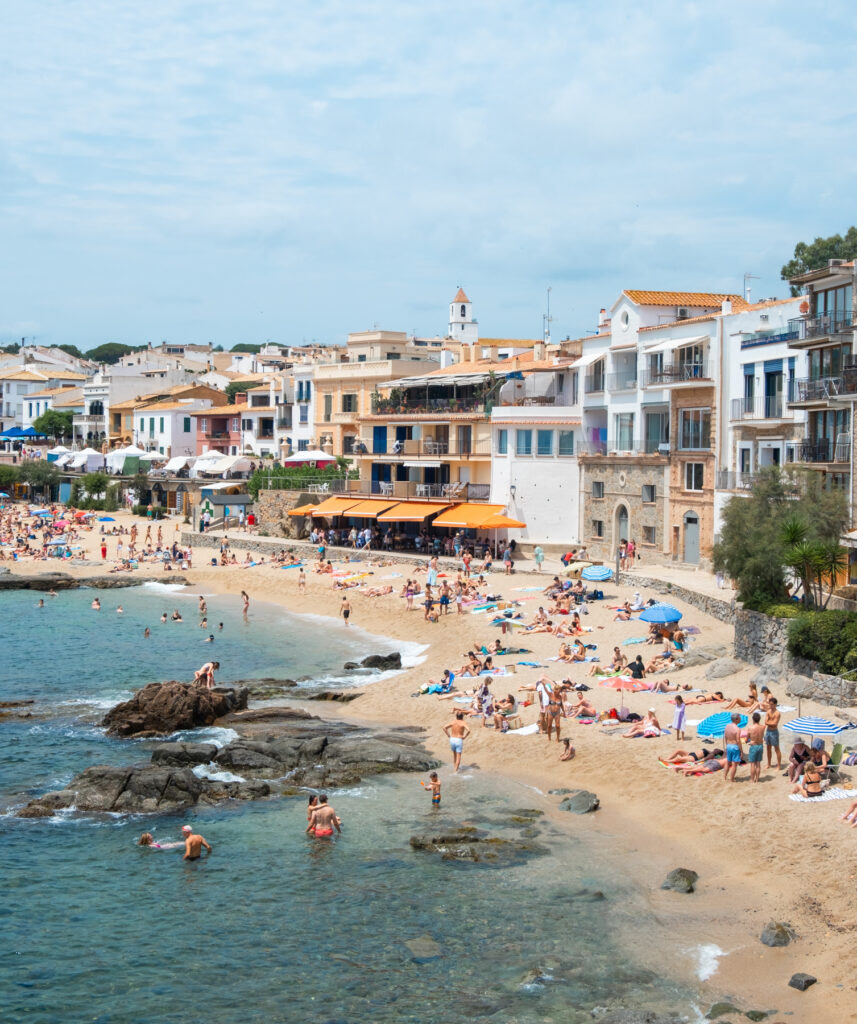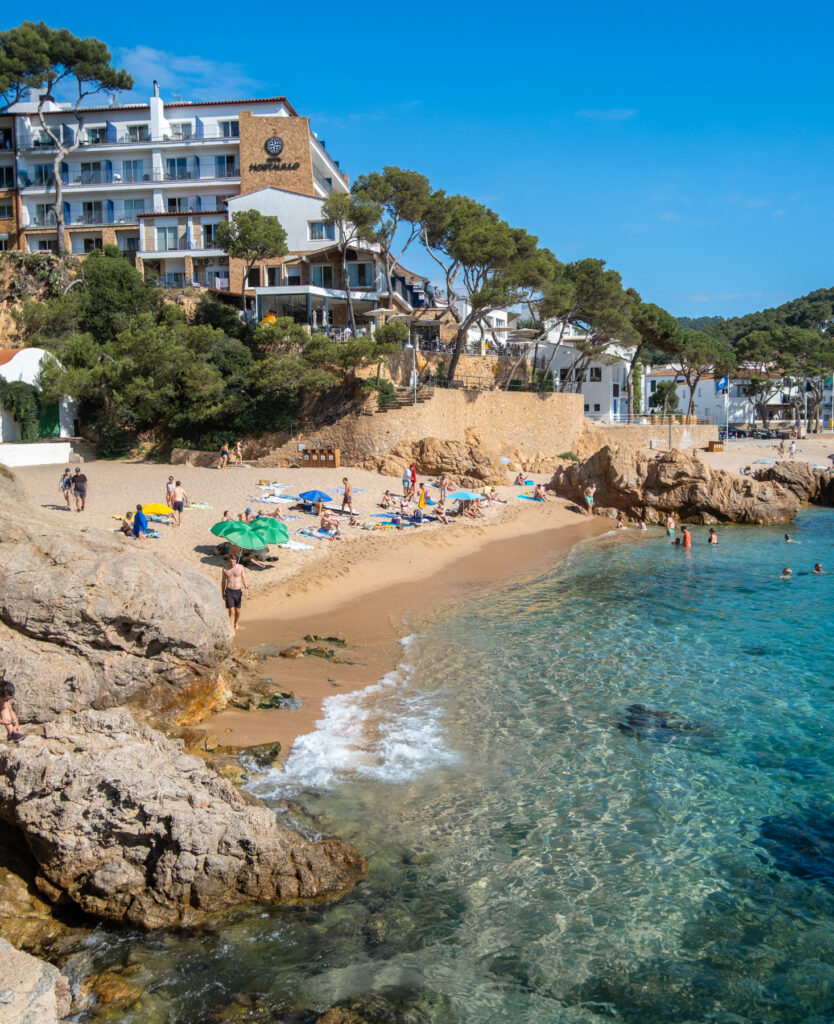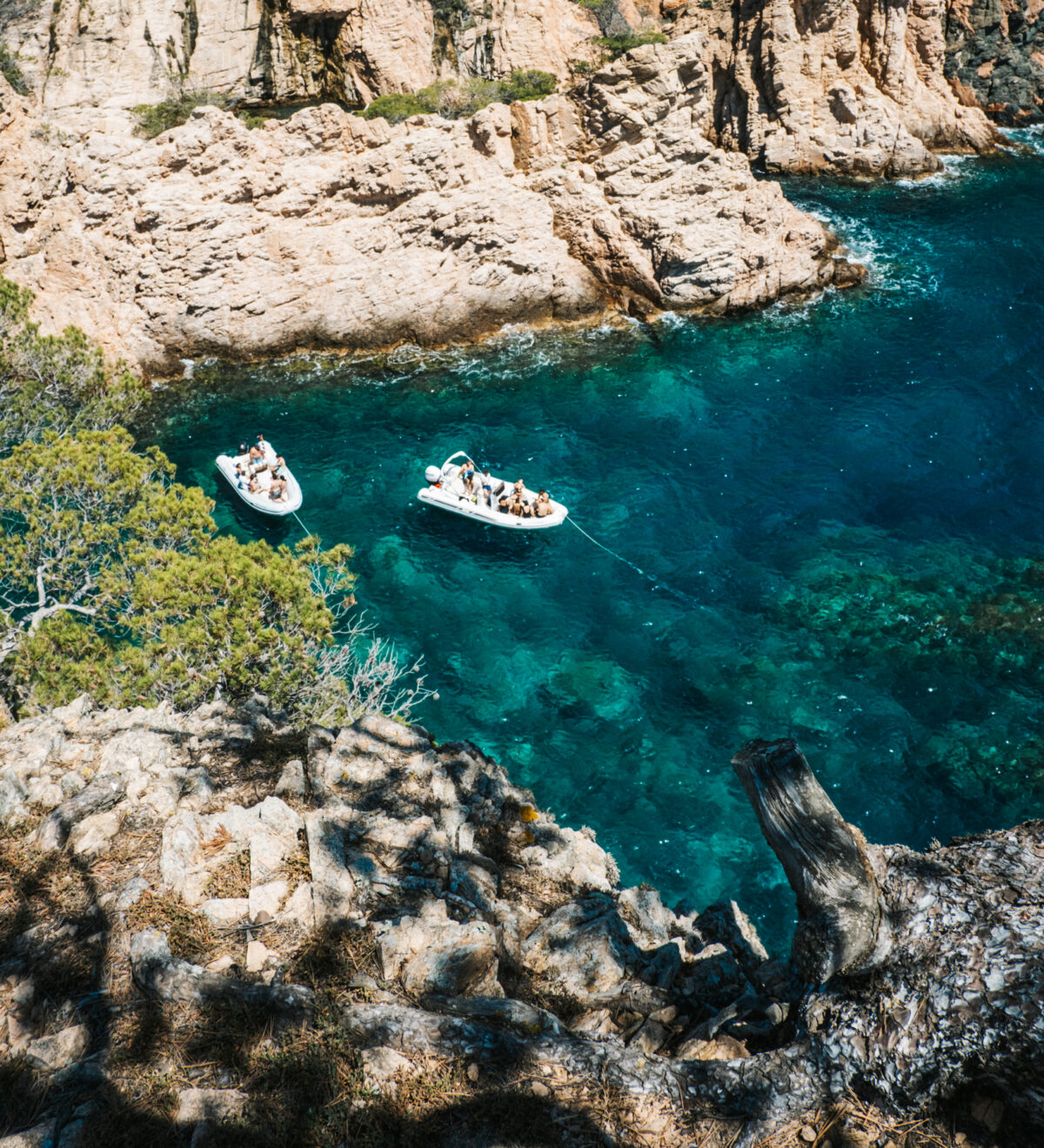
Nestled in the northeastern corner of Spain, Costa Brava is a treasure trove of natural beauty, rich history, and culinary delights. This Mediterranean coastal region stretches over 200 kilometres, offering visitors a diverse array of experiences from pristine beaches to medieval towns. Let’s dive into how you can make the most of your weekend in Costa Brava.
How to Get to Costa Brava
The most convenient entry point to Costa Brava is the Girona-Costa Brava Airport (GRO). Airlines like Ryanair, Jet2, and TUI fly directly to Girona from various European cities. If you’re coming from further afield, you might find more flight options to Barcelona-El Prat Airport (BCN). From there, you have several options to reach Costa Brava:
- Train: Take the high-speed AVE train from Barcelona Sants to Girona (38 minutes)
- Bus: SARFA buses run from Barcelona Airport to various Costa Brava towns
- Car Rental: Pick up a car at the airport for maximum flexibility
Local Tip: If you’re driving from Barcelona, take the scenic coastal road (N-II) instead of the highway for breathtaking sea views and charming towns along the way.
How to Get Around Costa Brava
While a car offers the most freedom to explore during a weekend in Costa Brava, there are other options:
- Bus: The extensive SARFA bus network connects most Costa Brava towns
- Train: The regional train line runs from Barcelona to Blanes, Lloret de Mar, and up to Figueres
- Boat: In summer, take scenic boat trips between coastal towns like Tossa de Mar and Lloret de Mar
Local Tip: Many coastal paths (Camins de Ronda) connect beaches and coves. These scenic trails are perfect for hiking or cycling between towns.
Best Time to Visit
Costa Brava shines from April to October, but each season offers something unique:
- Spring (April-May): Mild weather, blooming wildflowers, and fewer tourists
- Summer (June-August): Perfect beach weather, lively atmosphere, but crowded and expensive
- Fall (September-October): Warm sea temperatures, harvest festivals, and great hiking weather
Local Tip: Visit during the Temps de Flors flower festival in Girona (usually in May) to see the city transformed with stunning floral displays.
Where to Stay
Costa Brava caters to all tastes and budgets for a weekend in Costa Brava. Here are some detailed recommendations:
- Luxury: Hostal de la Gavina in S’Agaró offers five-star elegance and a private beach
- Mid-range: Hotel Casamar in Llafranc provides comfortable rooms with sea views
- Budget: Hostel Sa Rascassa in Begur is a charming, affordable option with an excellent restaurant
Local Tip: For a unique experience, book a stay at the Parador de Aiguablava. This government-run hotel offers stunning cliff-top views and direct access to a secluded cove.
Must-See and Do in Costa Brava
Day 1: Beaches, Coves, and Medieval Magic
Morning: Start your day early at the Cala Sa Tuna beach near Begur. This small, pebbly cove is surrounded by pine-clad cliffs and traditional whitewashed houses. Take a refreshing swim in the crystal-clear waters.
Midday: Drive to the medieval town of Pals. Wander through its narrow cobblestone streets and climb the Torre de les Hores for panoramic views. Have lunch at Restaurant Antic Casino, known for its traditional Catalan cuisine.
Afternoon: Head to Calella de Palafrugell, one of the most picturesque fishing villages in Costa Brava. Stroll along the promenade, lined with traditional whitehouses and seafood restaurants.
Evening: End your day in Tossa de Mar. Explore the Vila Vella (Old Town), the only remaining fortified medieval town on the Catalan coast. Watch the sunset from the 12th-century walls, then enjoy dinner at Restaurant La Cuina de Can Simon, which serves innovative Catalan cuisine.
Day 2: Art, History, and Gastronomy
Morning: Start your day in Figueres, the birthplace of Salvador Dalí. Visit the Dalí Theatre-Museum, a surrealist wonderland designed by the artist himself. Don’t miss the Mae West room and the Palace of the Wind courtyard.
Midday: Drive to Girona for lunch. Try the Michelin-starred Restaurant El Celler de Can Roca, consistently ranked among the world’s best restaurants. If it’s fully booked (which is likely), Divinum offers an excellent fine-dining alternative.
Afternoon: Explore Girona’s old town. Walk along the ancient city walls, visit the imposing Gothic cathedral, and stroll through the Jewish Quarter, one of the best-preserved in Europe. Don’t forget to cross the Eiffel Bridge for a great photo opportunity of the colourful houses along the Onyar River.
Evening: For your final dinner, head to El Far de Sant Sebastià near Llafranc. This restaurant, located in a lighthouse, offers spectacular views over the Costa Brava coastline and serves excellent seafood.
Local Tip: Try the local wines, especially those from the Empordà DO (Denomination of Origin). The area is known for its robust reds and crisp whites.
Additional Activities for a Longer Stay
If you have more time, consider these activities:
- Visit the Cap de Creus Natural Park for rugged coastal landscapes and excellent hiking
- Explore the Greco-Roman ruins at Empúries, one of the most important archaeological sites in Spain
- Take a day trip to Cadaqués, a beautiful whitewashed coastal town that inspired many artists
- Visit a local winery like Celler Martin Faixó for a tasting of Empordà wines
Costa Brava offers an intoxicating mix of sun-drenched beaches, historic towns, world-class cuisine, and artistic heritage. This Spanish coastal gem packs a wealth of experiences into a compact area, making it perfect for a weekend getaway or a longer vacation. Remember to book your accommodations and restaurants well in advance, especially for visits during the peak summer season. Whether you’re a beach lover, a history buff, a foodie, or an art enthusiast, Costa Brava promises an unforgettable experience that will leave you yearning to return and explore more of its countless treasures.
